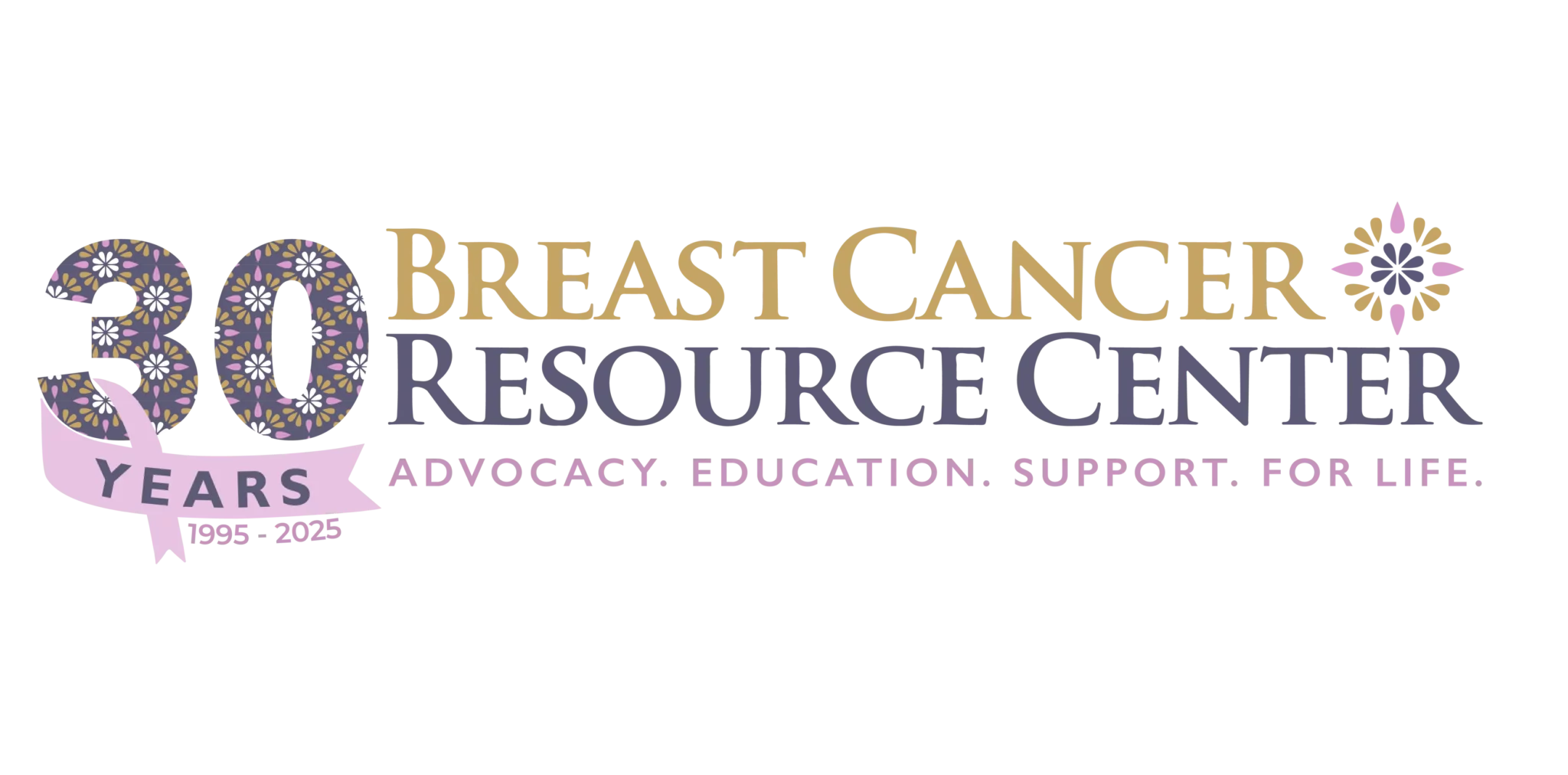
By: Randal L. Aschenbeck, MD
Breast Imaging Radiologist with Austin Radiological Association (ARA)
Mammography is the most rigorously tested examination for detecting breast cancer. It is the only screening test that has been proven to decrease deaths from breast cancer. Mammography has been shown by many large trials to decrease breast cancer deaths by at least 30%. However, there remains controversy about when to start screening and how often to undergo screening. One very important fact agreed upon by all is that mammography saves lives.
The American College of Radiology, American College of Obstetrics and Gynecology, Society of Breast Imaging, National Comprehensive Cancer Network, and the National Consortium of Breast Centers recommend that women start screening at age 40 and undergo yearly mammography.
The American Cancer Society, American Society of Clinical Oncology, and the American Society of Breast Surgeons recommend that women start screening at age 45 (with the option to start at age 40) and undergo yearly mammography until age 54. After age 54, they recommend screening every other year (with the option of continuing annual screening).
The United States Preventive Services Task Force, American College of Physicians, and the American Academy of Family Physicians recommend that women start screening at age 50 (with the decision to begin screening at the age of 40 based on risk and patient preference). They recommend screening every other year.
If all of this is confusing to you, you are not alone. The following are a few frequently asked questions about screening.
When should I start screening mammography? Starting screening at age 40 prevents 20% more deaths than starting at age 50. (Yaffe, MJ et al. Clinical Outcomes of Modelling Mammography Screening Strategies. Health Reports 26 (12): 2015). Even those groups that recommend starting screening later and/or screening every other year acknowledge that starting screening at 40 and screening annually saves the most lives. In addition, starting screening at 40 saves the most years of life. Simply put, a woman successfully treated for breast cancer in her forties can then expect to live another 30-40 years – these are “years of life” saved by preventing her premature death from breast cancer. One third of all of years of life lost to breast cancer are from women diagnosed in their 40’s. (Shapiro, S. Evidence on Screening for Breast Cancer from a Randomized Trial. Cancer. 1977; 39(6 suppl):2772-2278). As a breast imager, my recommendation is to start screening at 40.
Should I start at 40 even though there isn’t any history of breast cancer in my family? Another important point to keep in mind when deciding at what age to start screening is that ¾ of all women diagnosed with breast cancer have no known family history of breast cancer.
I have a strong family history of breast cancer. When should I start screening mammography? Some women should start screening earlier than age 40. Women with a first degree relative (parent or sibling) with breast cancer should start screening mammography 10 years before the age the first degree relative was diagnosed (but not before the age of 25). Women with a known genetic mutation placing them at a high risk for developing breast cancer, or a history of chest wall radiation therapy performed between the ages of 10 and 30 will need to start screening earlier; but again, not before the age of 25.
Should I undergo mammography every year or every other year? Screening annually saves 30-40% more lives and 30-40% more years of life. Annual screening mammography is even more important for women in their 40’s as premenopausal breast cancers tend to grow faster than postmenopausal breast cancers. Screening annually also allows cancers to be detected sooner, and thus at a smaller size. Breast cancer size at diagnosis is an important factor in prognosis.
I was called back from my mammogram for additional imaging. Should I be worried? While it is normal to worry, please keep in mind, that for every 1000 women screened by mammography, 900 will have a normal mammogram, and 100 will be called back for additional imaging. The majority of those 100 women called back will be told everything is fine; in some cases, repeat imaging will be recommended in 6 months. Only a small percentage of the 100 women called back will need a biopsy, and only about 5 of the women biopsied will have breast cancer. Looked at another way, 95% of the 100 women called back for additional imaging out of the initial 1000 screened do not have breast cancer.
It is important to discuss with your physician the screening schedule that is best for you. For more information in order to help make a better informed decision, please also visit www.endtheconfusion.org and www.mammographysaveslives.org. To read more about Dr. Aschenbeck, visit his bio here. To learn about ARA’s breast imaging or schedule a mammography, click here.
References:
- Mainiero, MB. Breast Cancer Screening. ACR Appropriateness Criteria. 2012.
- Oeffinger, KC. Breast Cancer Screening for Women at Average Risk 2015 Guideline Update From the American Cancer Society. JAMA. 2015;314(15):1599–1614.
- Siu, AL. Screening for Breast Cancer: U.S. Preventive Services Task Force Recommendation Statement. Annals of Internal Medicine. 2016;164(4):279–297.
- Smith, R. Guidelines for Breast Cancer Screening: An Update. Presentation to the Society of Breast Imaging. April 7, 2016.
- Baker, J. Practical Tools for Addressing Screening Mammography Controversies. Presentation to the Society of Breast Imaging. April 7, 2016.
- Shapiro, S. Evidence on Screening for Breast Cancer from a Randomized Trial. Cancer. 1977; 39(6 suppl):2772-2278.
- Yaffe, MJ et al. Clinical Outcomes of Modelling Mammography Screening Strategies. Health Reports 26 (12): 2015.


